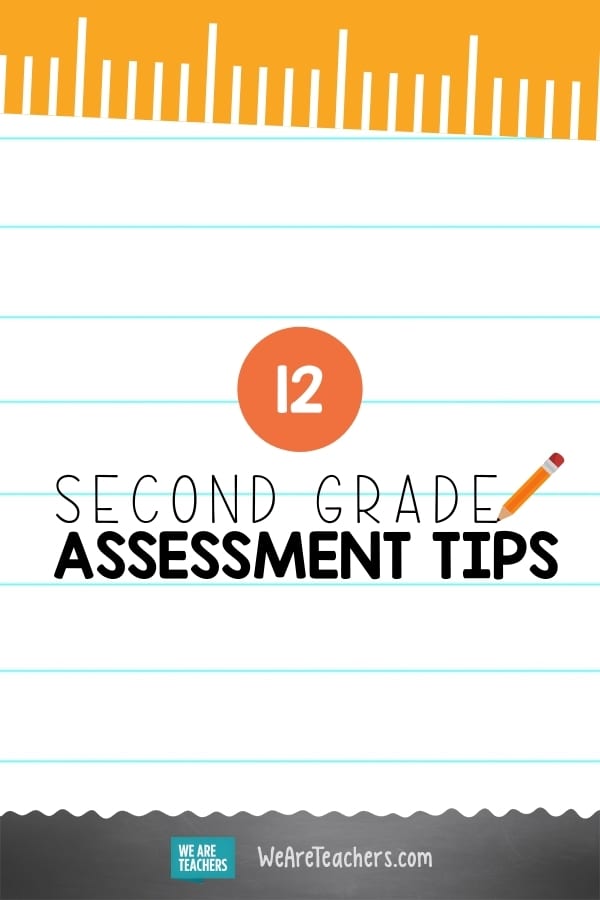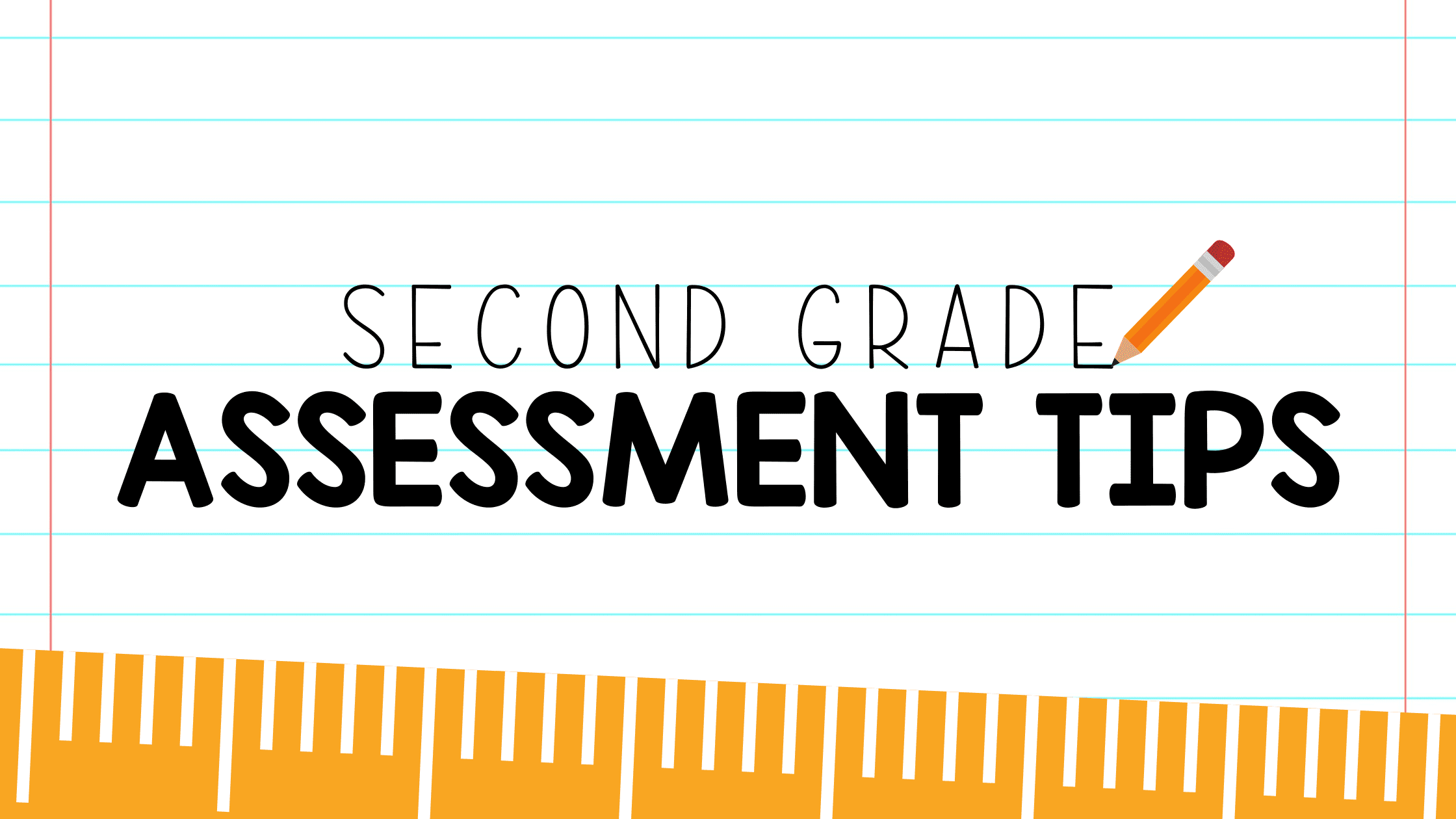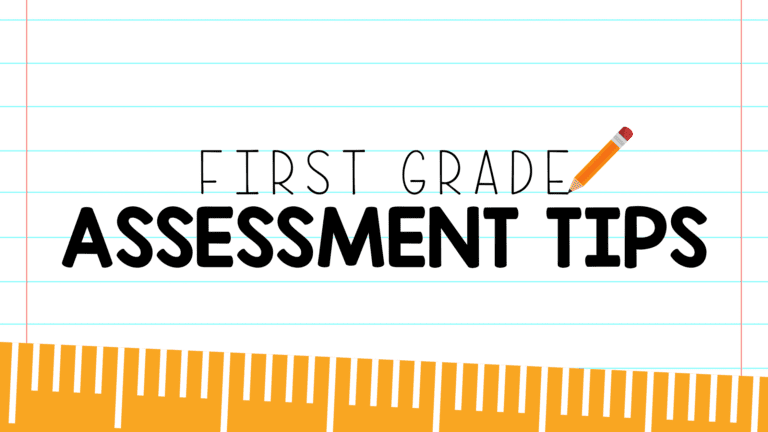Second graders are hitting their stride at school and eager to make sense of their world, which makes them a satisfying group to teach. However, their tendency toward perfectionism can sometimes cause second graders to become anxious. This is why using a variety of playful formative assessments is essential for second grade. As you know, effective teachers need to understand students’ learning so they can adapt their teaching to suit students’ needs. So get the feedback you need while also maintaining a positive classroom mood. Teaching remote? Don’t worry, we’ve got remote learning second grade assessment ideas too!
Move It!
Gauge student learning while also giving your second graders a chance to move and wiggle.
1. Is Simon Right?
Many second graders are familiar with “Simon Says”, which makes this assessment game easy to play and a fun way to get out the wiggles. Ask students to listen carefully to each statement and consider whether it is correct or incorrect. If the statement is correct, they should perform the action described. If it is not correct, they should stand still. For example, “If four plus four equals 8, then Simon says put your hand on your head.” Or, “If Abraham Lincoln was our first president, then Simon says pat your belly.”
2. Act It Out
Inviting students to show what they know through full-body movements not only gives them a chance to wiggle but can also help deepen their understanding of a topic. Across the curriculum, look for ways to have students act out what they’ve learned. Some possibilities include creating short skits to summarize a concept or become the “counters” in a math problem or points on a number line.
[contextly_auto_sidebar]
Show It!
Gestures or visuals allow you to get a quick read on student understanding. They make the perfect second grade assessment strategies for your toolbox.
3. Color Cards
A simple deck of colored cards is an assessment tool you’ll come back to again and again throughout the year. Create your own color cards by cutting pieces of construction paper into 3” by 5” cards or use different colored index cards. Laminate the cards. Then hole punch them and bind them together on a binder ring. Create a deck of cards for each student and have them keep their deck handy for quick check-in questions. For example, students can hold up a certain color to show their answer to a multiple-choice question or they can use certain colors to indicate how well they understand a topic, or as a signal for help from a teacher.
4. Make a Model
Who doesn’t love Legos? Inviting students to model a concept with blocks, manipulatives, or drawings makes it easy to do a quick visual check for understanding. As an added bonus, many students increase their understanding of a concept as they work to create a model of it. One of our favorite ways to conduct a second grade assessment!
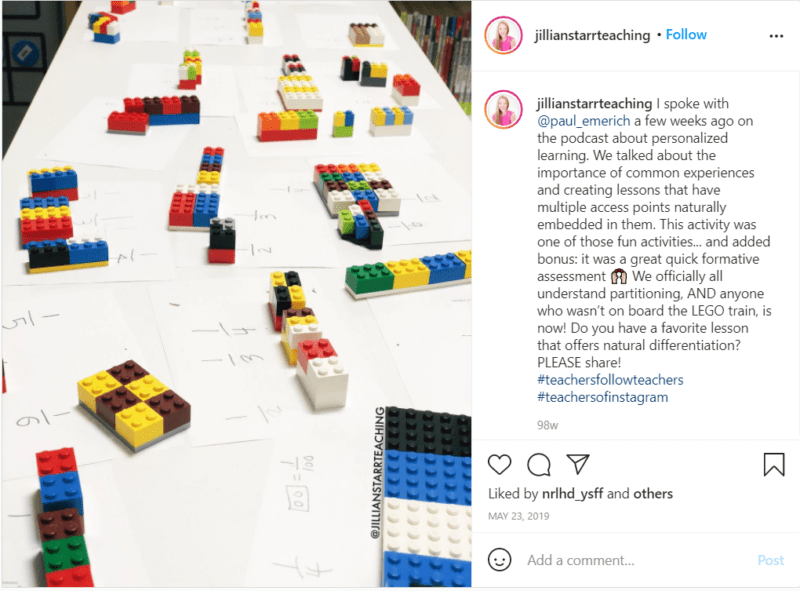
Source: @jillianstarrteaching
5. Finger Meter
Is your level of understanding a zero, one, two, or three? Share with students that learning is a process and as a community of learners, the class will work together to make sure everyone boosts their understanding from a zero to a three. At the beginning of a lesson, during a lesson, and at the end of a lesson, ask students to show their level of understanding with their fingers. Creating an anchor chart to help students remember the meaning of each number can help.
- 0 – I haven’t learned about this topic yet.
- 1 – I have some understanding of this topic, but also a lot of questions.
- 2 – I mostly understand this topic.
- 3 – I understand this topic well enough to explain it to someone else.
Group together students at different levels of understanding to provide additional support. Invite “level 3” students to help students at other levels. Highlight students’ growth in understanding from the beginning of the lesson to the end of the lesson.
Mark It!
These assessment ideas make use of written/drawn responses, making them perfect for quiet times in the classroom.
6. Wipe Out
Offer students a squishy tactile experience as they show you what they know! When practicing spelling words or math facts, squirt a dollop of shaving cream on to each student’s workspace. Next, have students spread the shaving cream into a thin layer to create a foamy writing surface. As you read out spelling words, math problems, or quiz questions (this works best for one-word answers or multiple choice), ask students to write their answer in the shaving cream using their finger. Observe student responses before declaring “Wipe out!” to prompt students to smooth over their shaving cream and get ready for the next question.
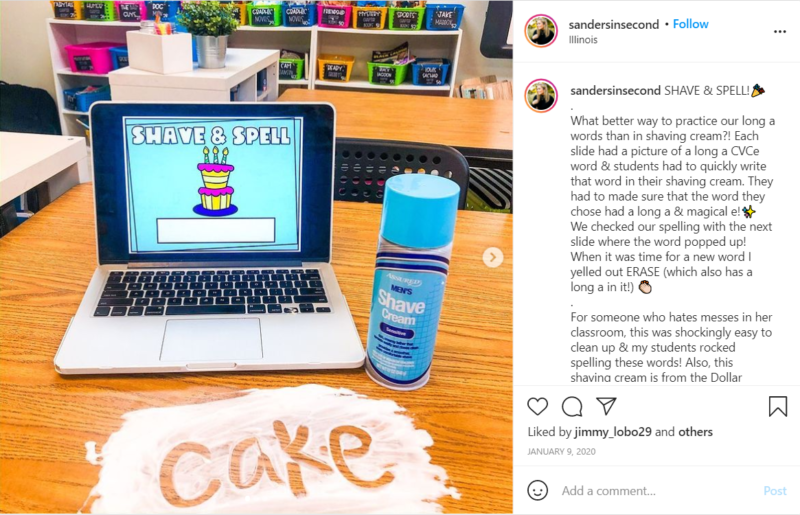
Source: @sandersinsecond
7. Our Question Wall
Students’ questions about a topic can reveal a lot about their thinking and their level of understanding. Create a designated space for a Wall of Questions where students can respond to a lesson. Give each student a sticky note and ask them to write down a question they have about what they’ve just learned. Was there something that didn’t quite make sense? Is there something they’d like to learn more about? The Wall of Questions can also be used as a place where students create and post comprehension questions related to the lesson and then answer a question posted by another student. For example, students might create a subtraction problem for another student to solve.
Voice It!
Channel your students’ love of talking with these oral assessment ideas.
8. Spot the Mistake
Being able to identify and explain an error reveals a lot about how well students understand an idea. Present a sentence, spelling word, or math problem containing a mistake. Then, have students work in pairs to identify the mistake, discuss ideas for why it might have happened, and then come up with a way to fix the mistake. For example, if it’s a misspelled word, students might talk through what they know about phonemes and spelling rules. For math, they might catch an addition mistake or an error in “carrying the one.” This activity makes a great way to address mistakes your students frequently make. Just be sure to rewrite the mistake on the board and not show any student’s original work. As students discuss, walk through the classroom to listen in.
9. Math Talks
Invite your second graders to share their mathematical thinking with a partner as they explain their solution to a math problem. Posting an anchor chart of math talk starter questions like the one below will help your students have effective conversations. Listen in on individual pairs or ask pairs to share their thoughts with the class.
Second Grade Assessment Ideas for Online Learning
Take advantage of these simple video call assessment ideas and helpful online tools to gauge student learning while teaching remotely.
10. Cup Quiz
Break up your video lesson time with a mini quiz game that gets little hands moving. Have students find a plastic cup at home and set it next to the computer. To play the “Cup Game,” students start with their cup on the table as they listen to a true-or-false question. At the end of the question, call out “Cups up!” to prompt students to hold their cup on top of their heads for “true” and under their chin for “false.” Not only does the Cup Game give students a chance to move and interact with a physical object during online learning, but the speed at which students move toward the correct answer can tell you a lot about how confident they are in their answers. Mix up the quiz by using different common household objects and different locations for “true” and “false.”
11. EdPuzzle
Videos as assessments? Yes! EdPuzzle makes it easy to turn any video into an interactive lesson that gives you feedback on student comprehension. Use videos from YouTube, Khan Academy, Crash Course, and more or upload your own video. EdPuzzle enables teachers to add narration and questions for students.
12. Self-Grading Mini Quizzes
While technology can’t teach your class, it can help you grade your quizzes! Short quizzes (remember, these are formative assessments) before and after a lesson provide quick insights into what students know and the progress they’ve made. Incorporating regular short quizzes into your routine can help students become more relaxed when it comes time for longer assessments. Some of our favorite tools to make self-grading quizzes include Google Forms, Survey Monkey, and ClassMarker.
For even more great resources for teaching second grade online, check out: Your Guide to Teaching Second Grade Online and Tips and Tools for Making Online Assessments Work.
What are your favorite second grade assessment ideas? Please share in the comments or on our WeAreTeachers HELPLINE!
